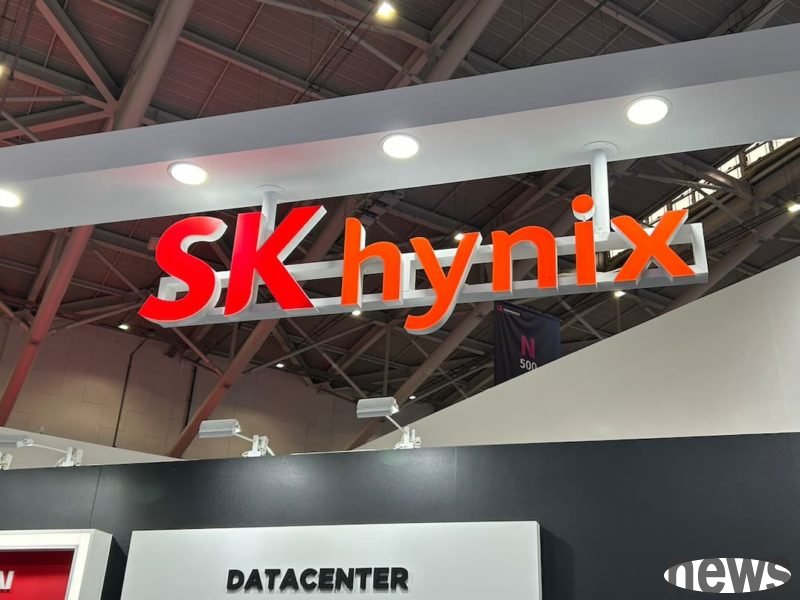According to "ET News", SK Hynix is developing a new generation of "High Bandwidth Storage" (HBS), combining mobile DRAM and NAND flash memory to create an efficient AI computing memory solution specifically designed for mobile d...

According to "ET News", SK Hynix is developing a new generation of "High Bandwidth Storage" (HBS), combining mobile DRAM and NAND flash memory to create an efficient AI computing memory solution specifically designed for mobile devices.
So, what is HBS? Simply put, it is based on "Low Power Wide I/O, LPWIO DRAM" (Low Power Wide I/O, LPWIO DRAM), stacking DRAM and NAND, and using "Vertical Fan-Out" (VFO) technology to connect. VFO replaces traditional curved bonding with vertical straight wires, making signal transmission shorter and faster, and reducing loss and delay. This allows HBS to significantly improve the AI processing performance and energy efficiency of mobile devices when performing applications such as speech recognition, image generation, and real-time computing.
What is the difference between HBS, HBM and HBF? HBM (High Bandwidth Memory) is stacked with DRAM and built using the TSV process. It is mainly used in the server and GPU markets. It is extremely efficient but expensive. HBF (High Bandwidth Flash Memory) is based on NAND and is targeted at data center storage applications to assist HBM in processing huge data flows. In contrast, HBS is designed specifically for mobile devices, combining the advantages of DRAM and NAND to achieve both low power consumption and cost-effectiveness.
Currently, the memory industry is moving towards a new stage of "multi-mode integration" and "heterogeneous packaging" to meet the huge demand for high capacity and high bandwidth in the AI era. From HBM to HBF to HBS, manufacturers are no longer limited to a single technology route, but are actively seeking the integration of DRAM, NAND and packaging technologies.
D램에 낸드 쌓는다” SK하이닉스, ‘고대역폭스토리지’개발